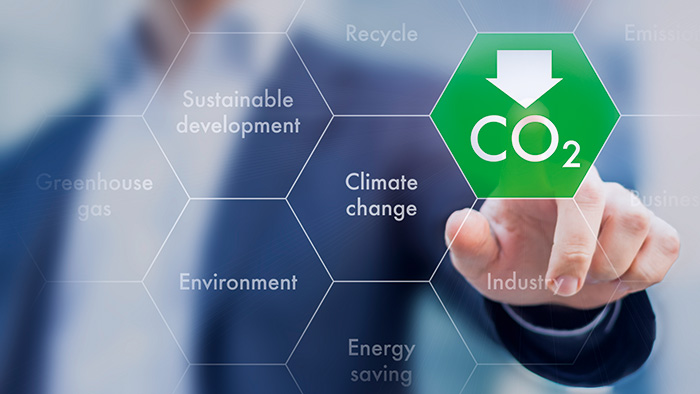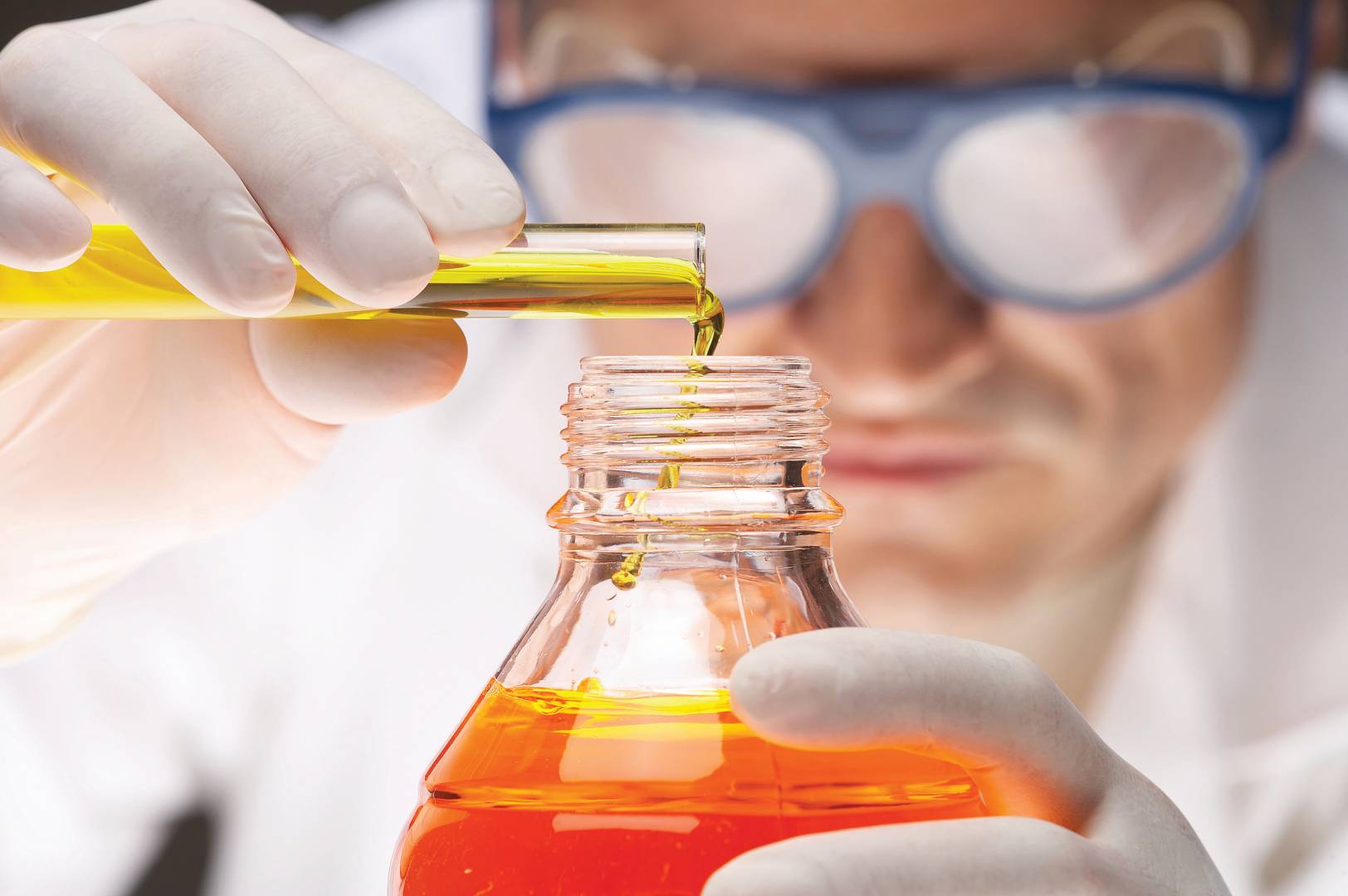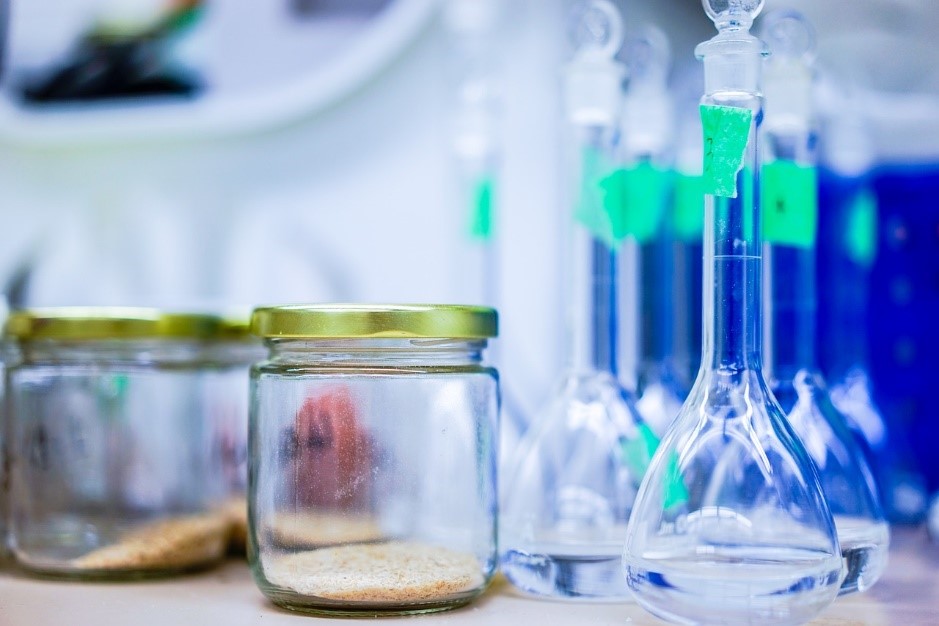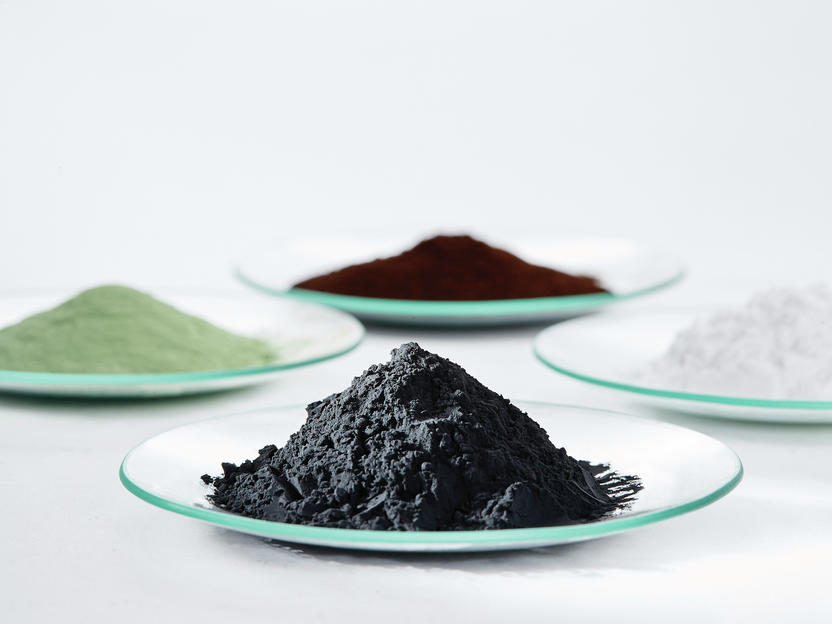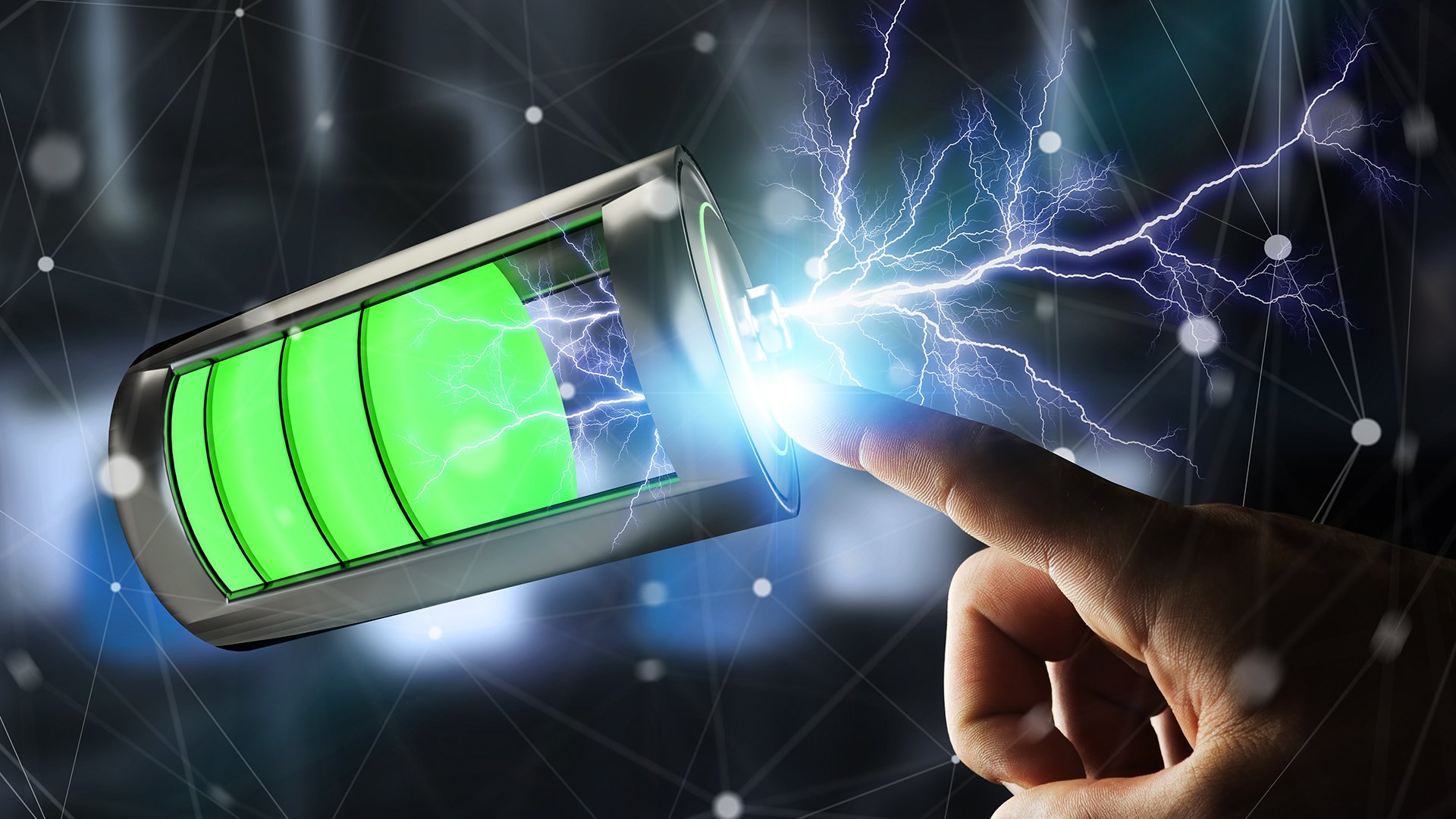Water-based Adhesives: Flexible, durable, and economically feasible solution for industrial adhesive applications
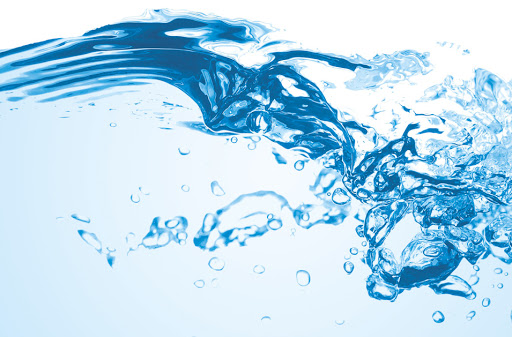
“Water-based adhesive technology is a type of glue that is favorable to the environment. Water-based adhesives contain no volatile organic compounds (VOCs), making them safe for both people and the environment.”
Once the water in the formulation evaporates or absorbs into the substrate, the adhesive forms a bond between the two substrates. They're a common choice for attaching porous substrates because of this procedure.
When the water evaporates or is absorbed by the substrates, these adhesives solidify and gain strength. The substrates must be connected while the glue is still wet after it has been applied. Allowing time for some of the water to evaporate before bonding (set time) frequently improves the initial strength of the adhesive bond and allows for faster assembly. Natural and synthetic polymers that dissolve easily in water are used to make these adhesives. They harden as a result of water evaporation or absorption into the porous substrate.
They're mostly utilized in the paper industry to bond paper and paper products, as well as for moistenable adhesives like stamps, envelopes, and labels.
Types of Water-based Adhesives
Waterborne adhesives can be classified as follows
- Water-based adhesives manufactured from starch or modified starch are known as starch/dextrin adhesives. They're frequently utilized in paper-related applications, such as bookbinding.
- Protein/Casein Adhesives are generated from animal milk proteins. They set quickly and are commonly utilized in the food packaging sector.
- Vinyl and ethylene-vinyl acetate emulsion polymers are used to make vinyl acetate adhesives. They adhere nicely to cellulose-based substrates. These emulsions, despite being bright white, dry to a transparent and flexible glue, making them perfect for bonding wood, paper, and cardboard.
- Emulsified elastomers are used to make rubber latex adhesives (rubbers). These adhesives make either a strong stiff bond or a more flexible bond, depending on the formulation, and are utilized in applications such as stamp and envelope production, as well as binding fabrics and wood.
- Polyacrylate emulsions age well and are resistant to a wide range of media. Acrylics based on solvents, on the other hand, are superior. Pressure-sensitive adhesives for labels and tapes, construction adhesives for tile bonding and sealing, and laminating adhesives are the most common applications.
- Polyurethane emulsions and dispersions offer excellent aging characteristics and are resistant to a wide range of media. They have a high degree of flexibility and adhesion.
Water-Based Adhesive Product Forms
Water-based adhesives of high quality are exceptionally rapid and simple to use. Rollers, spray guns, and immersion techniques can all be used to apply them. As they dry, water-based adhesives have no negative influence on rollers or other equipment. Water-based adhesives are also easier to remove from equipment, reducing the chance of blockages even further. Water-based adhesives are delivered in bulk containers, such as:
- Drums
- Totes
- Tank truck
Several concentration levels are depending on the product. This necessitates some effort in terms of diluting the products to fulfill the application's requirements. There are two-part systems in some cases. The glue must be mixed separately for each application, which takes more time.
Water-based adhesives come in a variety of viscosities, which are determined by the application. They range in viscosity from water-like to molasses-like. Centipoise (cPs) is a unit of measurement for viscosity, which is the thickness of a water-based glue.
Industrial Applications for Water-Based Adhesives
An organic binder (most often PVAc) is finely distributed in water in water-based adhesives. The adhesive will be left behind after the water evaporates or is absorbed into the substrate, gluing the two surfaces together. Porous substrates such as paper, cardboard, fabrics, wood, and some plastics are especially well-suited to water-based adhesives.
Manufacturers obtain many of the benefits of solvent-based adhesives plus a few more benefits when they use high-quality water-based glue. Lesser expenses and lower VOCs are two of them. Water-based adhesives are also more environmentally friendly and safer to use than solvent-based adhesives.
Building and Furniture
It is critical to improving the quality, efficiency, and long-term viability of furniture and building components. Water-based adhesives are used to join a range of wooden elements in several applications such as furniture and mattress construction.
Personal Hygiene is important
Consumers desire quality when it comes to their health, wellness, and comfort. Water-based adhesives for the hygiene and nonwoven industries were developed with a focus on high adherence and skin-friendliness to provide security for each application.
Beverage and Food
Water-based adhesives are one of the most popular solutions for labeling consumer packaging because of their versatility. Adhesives boost line speed and reduce material waste when used as a marking option for consumer packaging.
Labels and Tapes
Tape and label applications require a high level of durability and security. For a wide range of applications, pressure-sensitive water-based adhesives (PSA) are developed to meet the highest safety standards while lowering total energy usage.
Packaging made of paper
The demands on paper packaging have shifted as a result of consumer demand. Water-based adhesives offer more environmentally friendly solutions for flexible bonding and faster line speeds in on-the-go paper containers and packaging.
Fashion and Sports
In the sports and fashion industries, rising labor and production costs are the key problems. Water-based adhesives paired with process expertise to meet your manufacturing requirements.
Troubleshooting with Water-Based Adhesives
Plastics, paper, cardboard, metallic films, and natural and synthetic textiles are all good candidates for water-based adhesives. They are straightforward to use and create at a low cost. In most circumstances, a wet bond glue makes it easier to keep a consistent consistency. Environmentally, water-based adhesives are preferable to solvent-based adhesives.
For all firms, reducing or eliminating downtime is critical. When employing water-based adhesives, there can be a variety of reasons for line production downtime. Henkel has produced troubleshooting guidance for the most prevalent issues as a result.
- Uneven Coat Weights: This happens when the application of water-based adhesives varies. Uneven pressure between the applicators and the substrates is one of the most typical culprits. It can also happen if the system has dry adhesive, which makes dispensing the glue difficult.
- When the peak of the applied water-based adhesive falls away from the center of the bead or pattern and leaves a "tail" on the substrate, this is referred to as tailing or Satelliting. This is usually due to the use of too much glue. The most typical remedy is to limit the amount of water-based glue applied to the rollers or left on them.
- Temperature Fluctuations in Adhesives: To minimize problems, keep water-based adhesives at the optimum storage and processing temperatures. The temperature has a big impact on performance, whether it's too cold or too hot. Too cold water-based glue has poor flowability, higher viscosity, slower set speed, and reduced adhesive transfer.
Major Market Highlights:
- Royal Adhesives & Sealants was purchased by H.B. Fuller (US). Customers benefitted from a broader portfolio as well as increased development and manufacturing capabilities as a result of this transaction.
- H.B. Fuller expanded its business in India by establishing a research and development center at Shirwal, Pune. Experiments, demonstrations, and customer training on the company's hot melt, water-based, anaerobic, and cyanoacrylate technologies are all part of the new R&D center's mission. The company's business in India and adjacent countries was also boosted as a result of the expansion.
- 3M committed $40 million in Missouri to expand its business. The facility will produce industrial adhesives and tapes for aerospace and other heavy industrial customers across the world.
- The Henkel Adhesives Innovation Center (HAIC) opened in Shanghai, China, in June 2016. This breakthrough aided the company in expanding its adhesives R&D capabilities and providing innovative market-driven solutions to local APAC clients.
Conclusion: Wide Variety of Applications
Xanthan is used in acid and alkaline cleaners, such as toilet cleaners, as a thickening agent with high pH stability. Because of its pseudo-plasticity, it clings to vertical surfaces better and lasts longer. The use of acetate-free xanthan can extend the shelf life of acidic toilet cleansers. Xanthan gum is used to stabilize polish emulsions and suspend abrasive components in metal polishes.
It's used in water-based printing inks to maintain viscosity during application, control penetration, and improve stability. It is used in water-based paints to stabilize pigments and manage the paint's flow qualities. It is used to control fine-line and color migration in textile and carpet printing pastes. Its thermal stability and pseudoplastic qualities make it ideal for space printing and dyeing. It can be used as a suspension aid and for rheology control in the paper industry.


